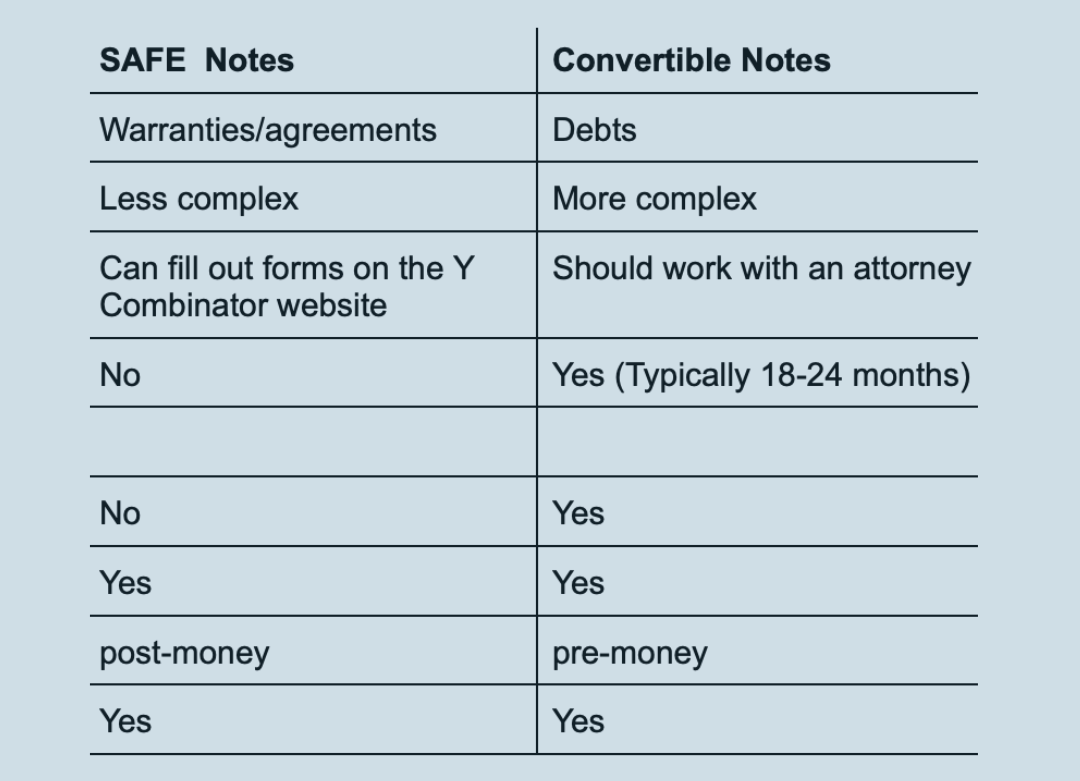Profit First Accounting Strategies for your New Business
If your company or you are a follower of the Profit First strategy, congratulations are in order! You’re already ahead of the game. But here’s the catch-22: your bookkeeping is a mess, your accountants are pulling their hair out, and worst of all, you’re losing more money than you’d like to admit.
So, why is your balance sheet a sh*t show?
Well it all goes back to the concept of “Money is Fungible”, which means that it can be used interchangeably. This is great for some things, like paying bills or making investments. But when it comes to tracking your finances, it can be a real problem.
What are Profit First Strategies?
If you're not already implementing Profit First Strategies, you may be wondering what they are. These are specific strategies that businesses use to separate their profits from their expenses. By implementing these strategies, you can create a clear separation between your money and your expenses, which makes it easier to track your finances and maximize your profits.
Now for many Profit First focused companies, they will light up and fund 5 or 6 different bank accounts to help delineate cash by financial purpose. Well, that means a small company making $2 million per year in revenue has to reconcile 6 different bank accounts. Surely it isn’t a lot of work until it is or worse yet, when you go to finally outsource your bookkeeping and accounting, it becomes expensive. Let’s not forget also that if you don’t reconcile, there’s a greater risk of fraud and a sloppy balance sheet.
What Profit First Strategies Should I Use?
There are several Profit First strategies that you can implement to keep your balance sheets organized.
Set up Separate Bank Accounts
Percentage-based Allocations
Use
Automation
Monitor your Cashflow Regularly
1) Set up separate bank accounts for different purposes. For example, create an income account, a profit account and an expense account.
2) Use percentage-based allocations. Allocate a certain percentage of your income to each account. For example, allocate 50% of your income to your expense account, 30% to your profit account and 20% to your tax account.
3) Use automation. Automate your accounts by setting up recurring transfers or automated payments for expenses. This will help ensure that you stay on track with your allocated percentages.
4) Monitor your cashflow regularly. Keep a close eye on your cashflow to ensure that you are keeping up with your profit accounts and not overspending from your expense account.
By implementing these strategies, you can keep your balance sheets organized and help ensure that you are staying profitable.
How Do I Organize My Balance Sheet?
We recommend using
classes or balance sheet chart of accounts
to segregate your Profit First strategies. This means assigning specific accounts to specific strategies, such as separating your profits from your operating expenses, or designating a “tax” account for any future payments you’ll need to make.
By codifying your cash in this way, you’ll be able to better monitor and manage your finances, saving both time and money in the long run. Plus, it makes things much easier for your accountants and other financial professionals who need to review your balance sheets or make recommendations.
What does this mean?
Classes:
Using Classes can ensure each of your products or services have their own profit and loss statements, allowing you to identify which items are profitable and which aren’t.
Balance Sheet Chart of Accounts:
Using this enables you to separate everything from revenue streams, to expenses to liabilities, which can help you gain a deeper understanding of your cash flow and financial standing.
Ultimately, whether you choose to use classes, codes, or charts of accounts, the key is to ensure everything is organized and harmonizes with the Profit First division All in all, if you’re a Profit First company struggling to keep your finances in check, consider implementing some Profit First Strategies and segregating your account accordingly. Your balance sheets (and your wallet) will thank you. To understand more about profit finance read
here.
Other Blogs Related to Startup Finance






